Speakers
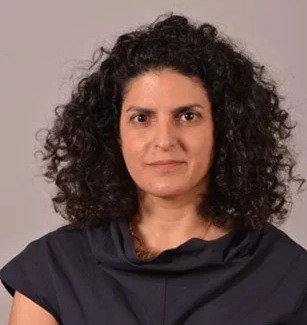 Karen Lee Bar-Sinai
Karen Lee Bar-Sinai
Harvard Graduate School of Design
Dr. Karen Lee Bar-Sinai is an Assistant Professor of Materials and Design in Landscape Architecture and the Harvard University Graduate School of Design. She is a licensed architect, an urbanist, and holds a Ph.D. and postdoctoral training in robotic construction with found matter. Her GSD research group investigates the interaction between tools, materials, and the environment aiming to shift how and with what we build in the face of imminent material scarcity, environmental challenges, and climate change. Her research spans from small through territorial to planetary scales, all involving the modulation of matter in architectural or landscape construction. Current projects include Environmental Robotics – starting with ‘beaver-bots’ – simulating and developing beaver-inspired tools for restoring wetlands, with applications also in beaver-less sites like erosion-prone arid regions. In addition, she explores ways to deploy living materials – from fungi to root systems – as instruments for construction. She is also advancing Planetary Design Computation, testing the potential of targeted local landscape design to influence global climate-system dynamics. Karen Lee has lectured broadly on architecture, landscape architecture, and technology. She currently teaches core studios in landscape architecture and ‘Eco-Machina’ – a seminar on the emerging relationships between machines and landscapes.
Website
 Spring Berman
Spring Berman
Arizona State University
Spring Berman is an Associate Professor of Mechanical and Aerospace Engineering and Graduate Faculty in Computer Science, Electrical Engineering, and Exploration Systems Design at Arizona State University (ASU). She directs the Autonomous Collective Systems Laboratory and is an Associate Director of the Center for Human, Artificial Intelligence, and Robot Teaming (CHART) within the ASU Global Security Initiative. Prior to joining ASU in 2012, she was a postdoctoral researcher in Computer Science at Harvard University. She received the Ph.D. and M.S.E. degrees in Mechanical Engineering and Applied Mechanics from the University of Pennsylvania and the B.S.E. degree in Mechanical and Aerospace Engineering from Princeton University. She was a recipient of the ONR Young Investigator Award (2016) and the DARPA Young Faculty Award (2014). Her research focuses on the synthesis of scalable control strategies, including bio-inspired controllers, for robotic swarms and other types of distributed systems.
Website
 Sven Koenig
Sven Koenig
University of California, Irvine
Sven is Chancellor's Professor and Bren Chair at the University of California, Irvine and a Fellow of AAAI, AAAS, ACM, and IEEE. Additional information about him can be found on his webpages
Website
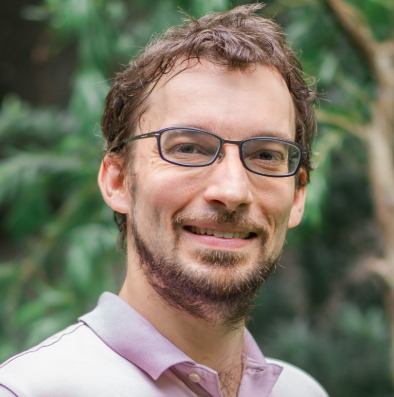 Guillaume Sartoretti
Guillaume Sartoretti
National University of Singapore
Guillaume Sartoretti joined the Mechanical Engineering Department at the National University of Singapore (NUS) as an Assistant Professor in 2019, where he founded the Multi-Agent Robotic Motion (MARMot) lab. Before that, he was a Postdoctoral Fellow in the Robotics Institute at Carnegie Mellon University (USA), where he worked with Prof. Howie Choset. He received his Ph.D. in robotics from EPFL (Switzerland) in 2016 for his dissertation on "Control of Agent Swarms in Random Environments," under the supervision of Prof. Max-Olivier Hongler. His passion and research lie in understanding and eliciting emergent coordination/cooperation in large multi-agent systems, by identifying what information and mechanisms can help agents reason about their individual role/contribution to each other and to the team. Guillaume was a Manufacturing Futures Initiative (MFI) postdoctoral fellow at CMU in 2018-2019, was awarded an Amazon Research Awards in 2022, as well as an Outstanding Early Career Award from NUS' College of Design and Engineering in 2023.
Website
 Karola Dierichs
Karola Dierichs
Max Planck Institute of Colloids and Interfaces, Department of Biomaterials
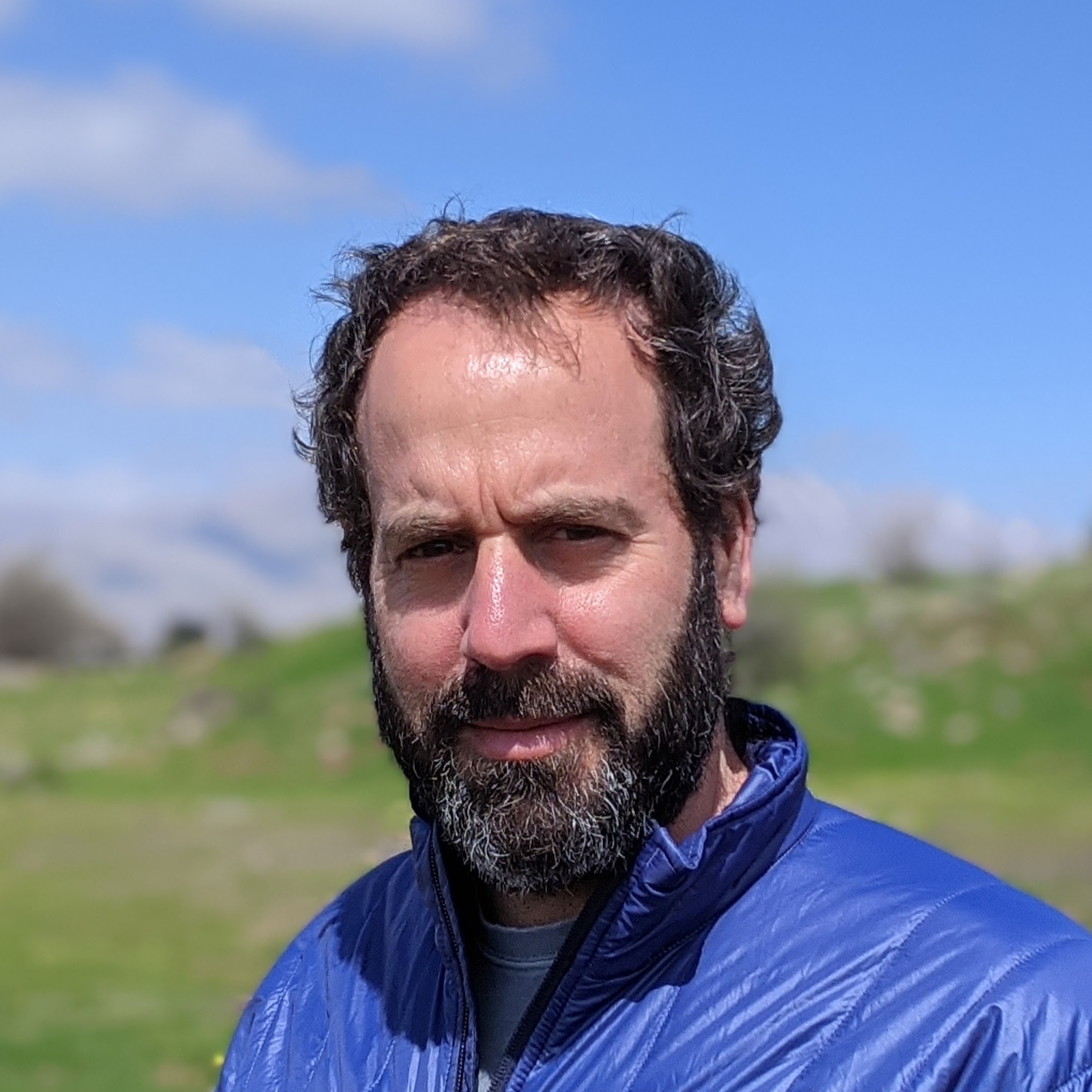 Amir Degani
Amir Degani
 Howie Choset
Howie Choset
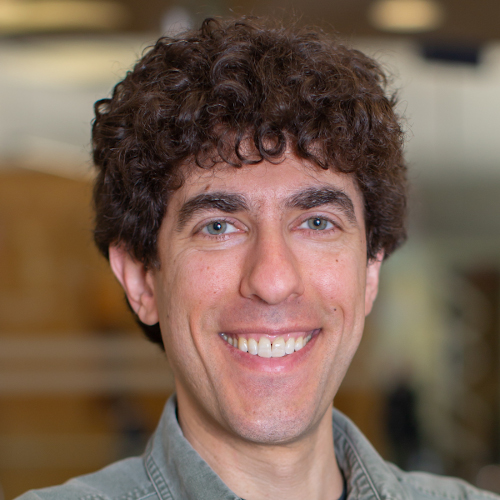 Justin Werfel
Justin Werfel
 Bhaskar Vundurthy
Bhaskar Vundurthy
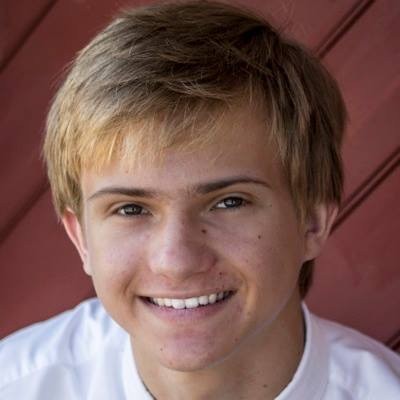 Geordan Gutow
Geordan Gutow
 Federico Oliva
Federico Oliva
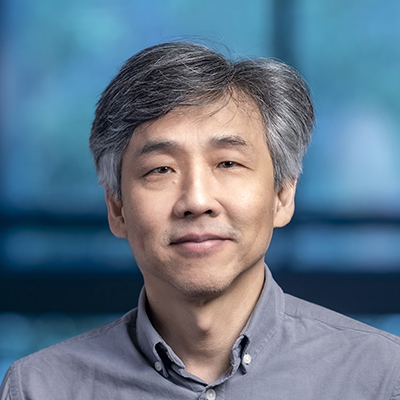 Mark Yim
Mark Yim